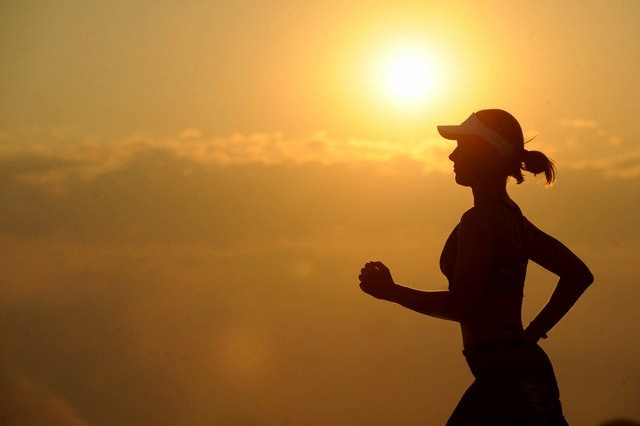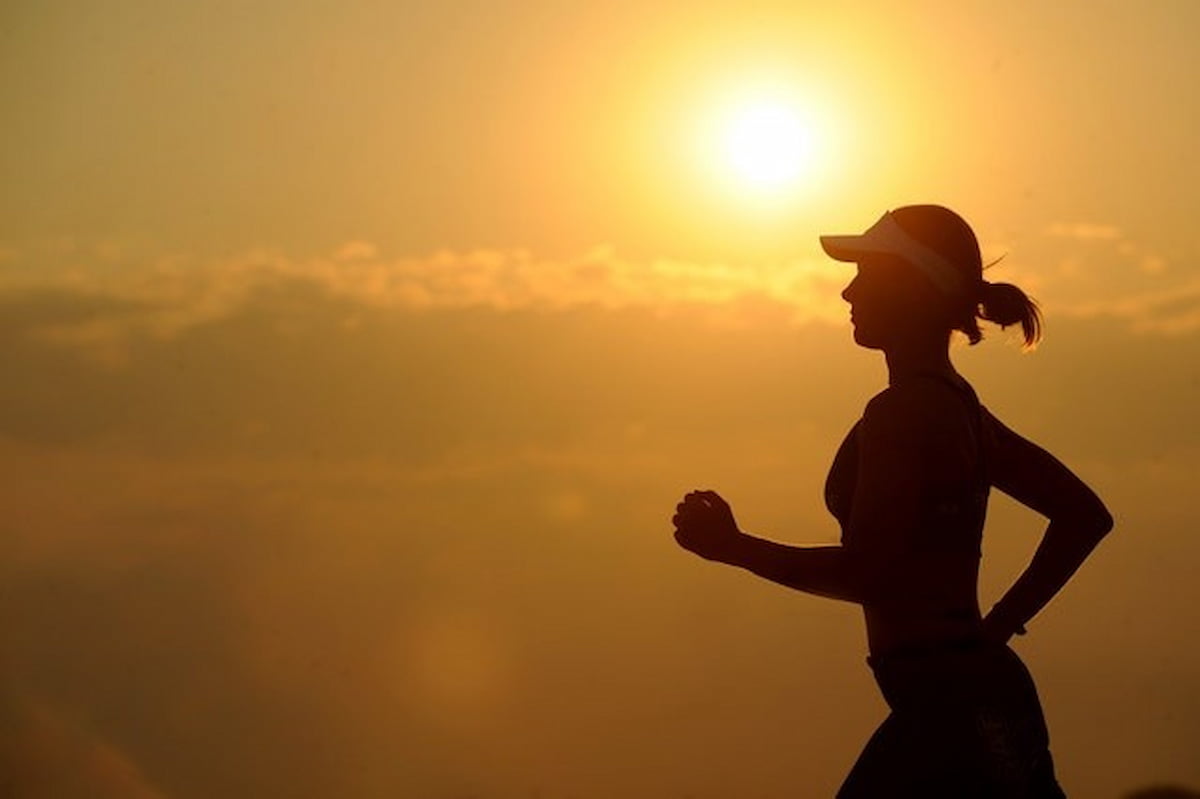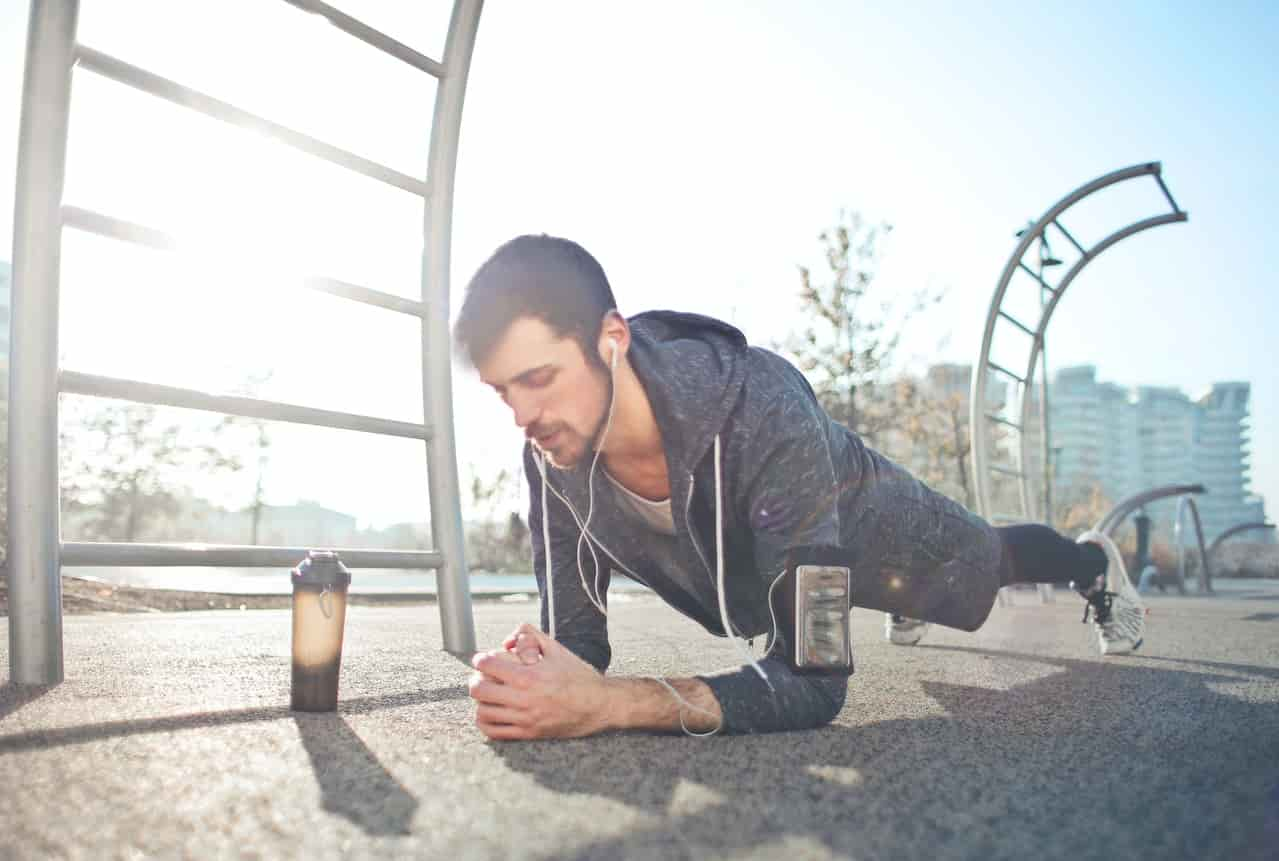Running in the heat is not always pleasant, nor is it always inevitable. If you live in an area that is hot in the summer but you want to be in the best physical condition for a marathon or half marathon, then you should go out to run in July and August, in these difficult weather conditions. Fans of running and those who have decided to incorporate it into their lives, must follow certain rules to avoid injuries. Especially when the temperature is rising.
Those who are involved in running should not neglect the pressure they put on their hearts. Therefore, the intensity of the run must be increased slowly and steadily, in order to reduce even a small heart risk.
A workout that reaches 60%–80% of maximum intensity (maximum heart rate) is more beneficial than one that strains the body and heart. Get a heart rate monitor, and then find the maximum heart rate for your age by subtracting it from 220.
Tips for young and old
Follow these three basic tips for beginners, but also for experienced runners and veterans who have been away from the sport. To protect the body from muscle injuries and gradually increase the intensity of exercise, you should always listen to your body. The following are recommended:
- A warm-up that includes plenty of stretching to relax the muscles and avoid injury.
- Regular breaks during which fast running will alternate with walking and rest.
- One or two days of rest after the run, during which you can do strengthening exercises. Therefore, it is better to run day after day.

Running in the heat
The heat of the coming summer intensifies the attention that should be shown by those who want to run outdoors. Tips for safe running in the heat include:
- Cool your body before training. Research has shown that athletes perform better in a warm environment when they cool down. Cooling down your body before a workout or race does not make a big difference, but if you want to improve your performance a bit in important workouts that need to be done in the heat, turn on your air conditioner or take a cool to cold bath before you go out. on the road.
- A good meal before you run to get enough energy.
- Stay hydrated. By consuming fluids during training in the heat, you help your body’s sweating system function better, keep your blood volume close to normal levels, and keep your sweating rate high. Once oxygen is transported through the blood to your muscle groups, maintaining the right amount of blood in your body by constantly hydrating it allows your heart to carry more oxygen per beat. So your performance is better than if you let your body dehydrate.
- Regular breaks to control the heart rate.
- Find the ideal time. If you do endurance training, then you can wake up just before sunrise or after sunset, when the temperature will have dropped a bit. Even if the humidity is at higher levels early in the morning, you will not have to deal with light reflection and sunlight. If you just go for a leisurely run, you can train until 10 in the morning, making sure you are adequately hydrated. Generally, remember that your body needs about 10 days to adapt to high temperatures, so gradually train at a slower pace every day until you achieve it.
- Exercise at home if it is hot outside.
- Always pay attention to the signals sent by the body.
- Do not have high expectations. Do not expect to have the performance you had on cooler days. On very hot days, you do not need to do intensive training, just reduce your pace to deal with the heat and humidity. You do not need to run at the times you ran, but run according to how comfortable you feel. Research has shown that the brain protects your body by regulating your body temperature and limiting muscle function, so as not to increase body temperature.

















